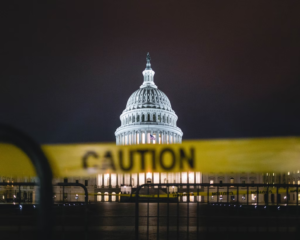I have been urging our team to tune into the January 6 hearings. My advice is not motivated by political reasons (though I think every American citizen should pay attention to these hearings as part of our responsibility to stay informed). Rather, I am advocating for communications professionals to watch them for two critical reasons that are professional in nature. 
First, you will have a front-row seat in a master class in narrative development. What the committee is trying to communicate is a complex story with hundreds of characters, multiple plot lines, and numerous twists along the way. Although the focus is primarily the day of January 6, it is impossible to tell the story without sharing details of events that occurred both before and after that day.
See how well (or not) the committee does in telling this story. At the end of each hearing, ask yourself if there are any unanswered questions bubbling up for you. One of my favorite college journalism professors (call out to the University of North Carolina!) drilled into our heads that if we ever finished reading a news story and had a question that wasn’t answered in the piece, then the journalist had failed.
Apply that same test to the hearings. Are any story lines left dangling? How well is the committee building its case by using interviews and research? Do live witnesses strengthen or weaken the committee’s arguments?
Second, these hearings represent contemporary storytelling at its best, making generous use of video, graphics, and audio to share information. As PR professionals, we know the future of communication is not words on paper. It is video and other forms of rich content designed to capture and hold the attention of highly distracted consumers.
Indeed, as The New York Times reported, the House select committee hired the former president of ABC News to “produce the hearings as if they were a docudrama or must-watch mini-series” packaged in “six, tight thematic episodes.” Each hearing will have its own theme.
This is multi-media storytelling on national display. And while it may be hard to remove a personal political lens while you watch the hearings, don’t miss this chance to see what the hearings can teach you as a communications professional.
If you missed the first hearings, you can find them on the Select Committee’s website. (In fact, tool around the entire website and check out the committee’s social media channels to see how it’s using all of its assets to support the narrative.)
I’d love to compare notes with you as the hearings progress. Let me know what stands out and what falls flat.